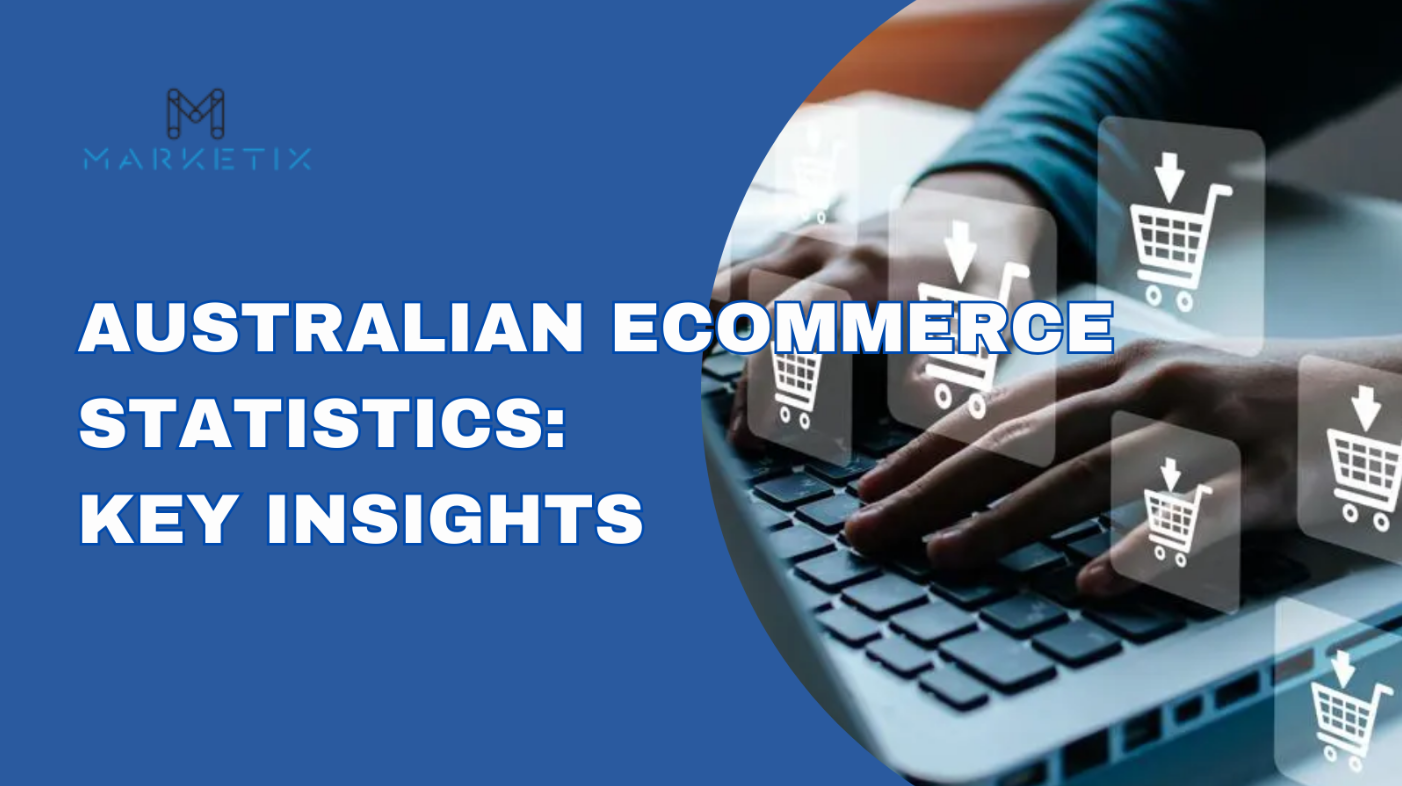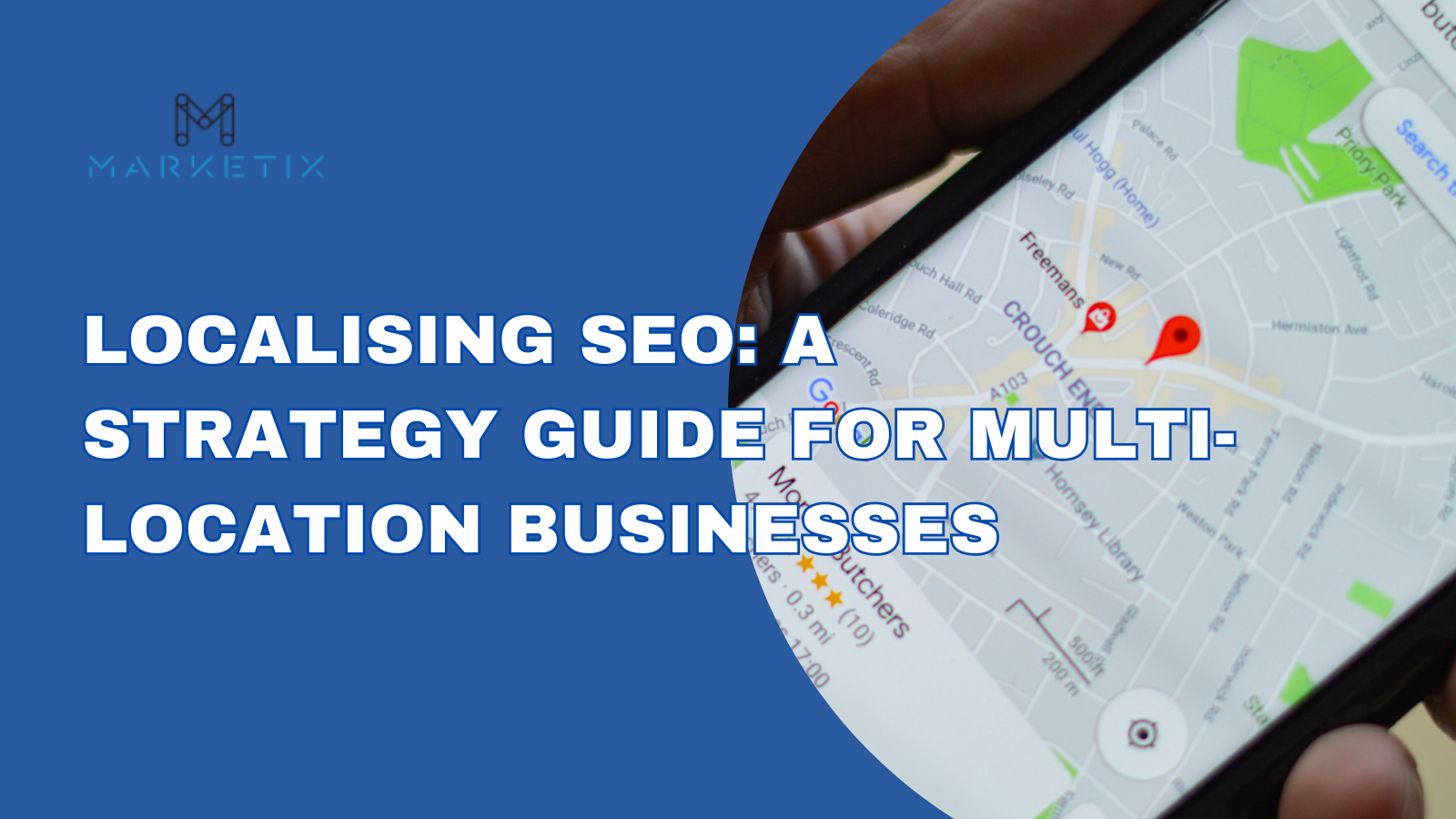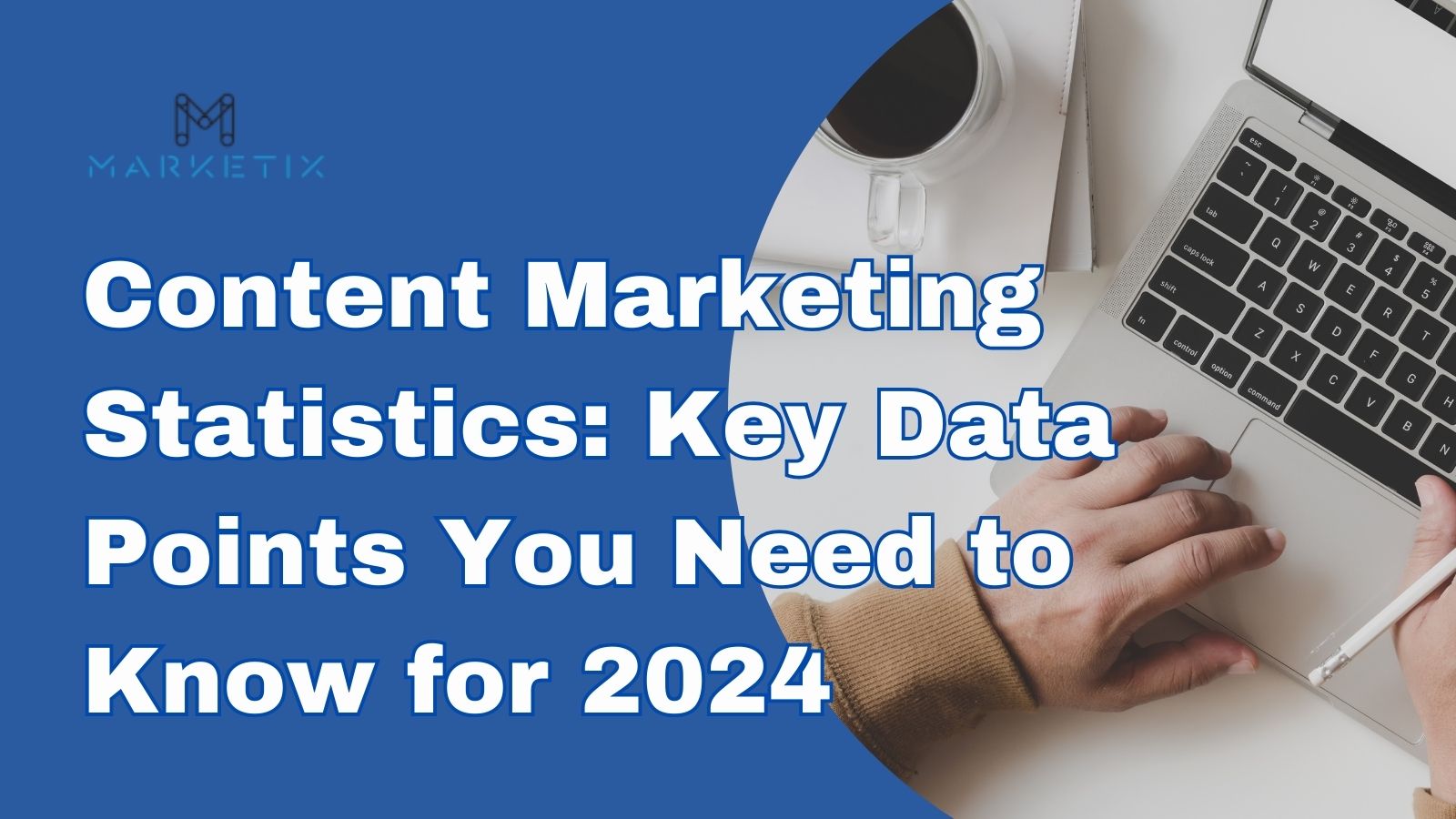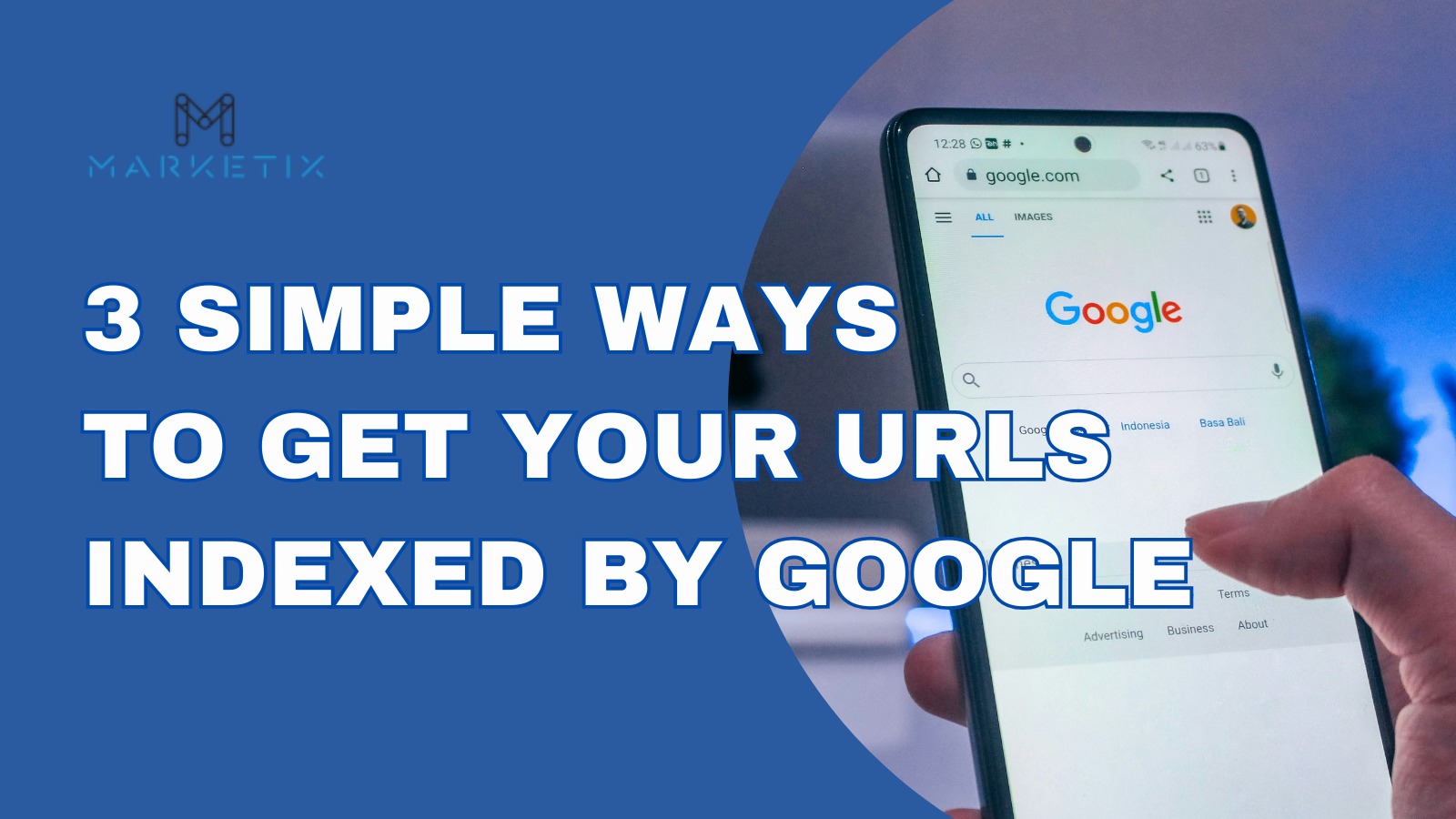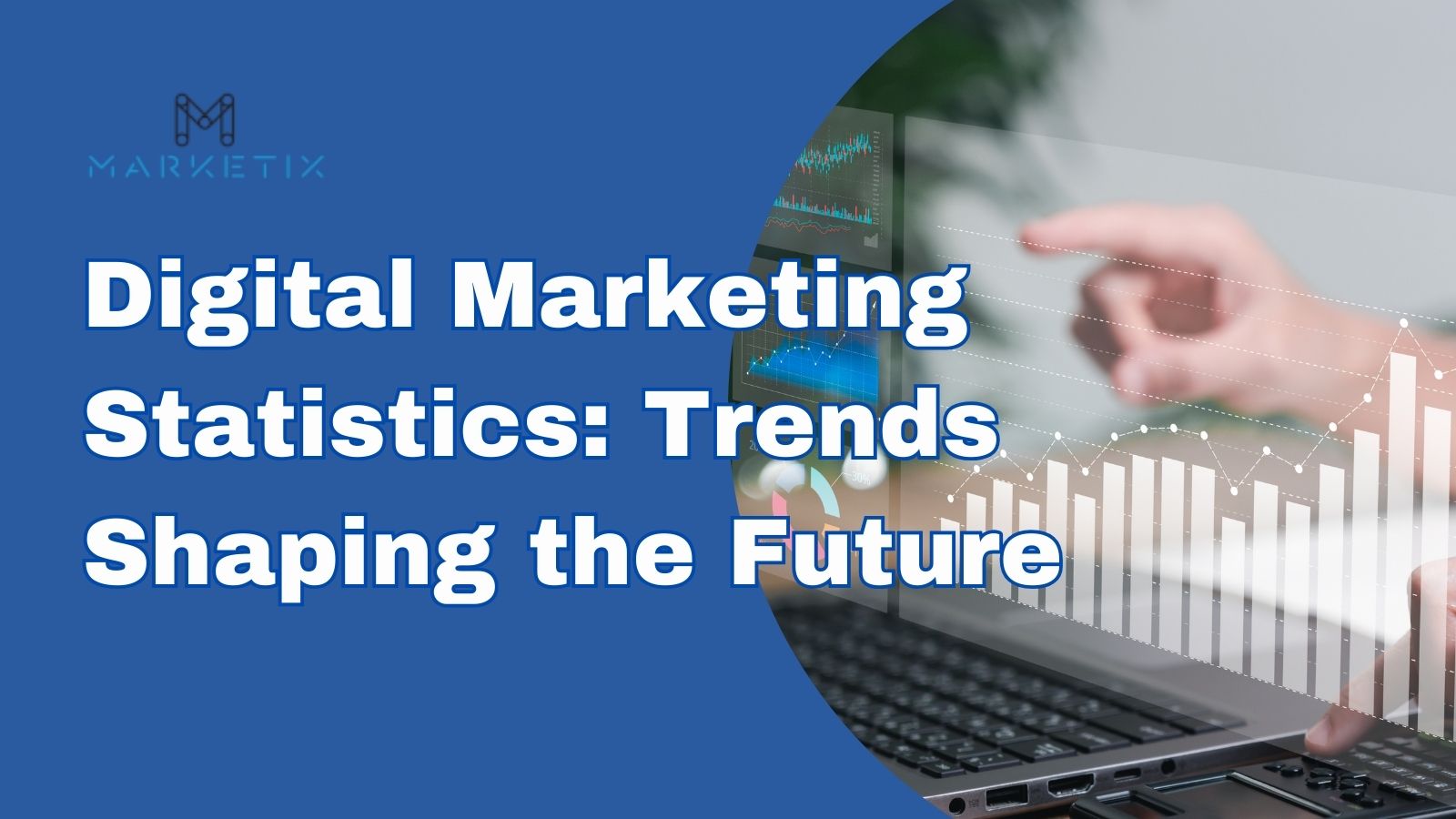- Home
- > The Marketix Blog
- > SEO
SEO vs Google Ads: What’s the Difference?
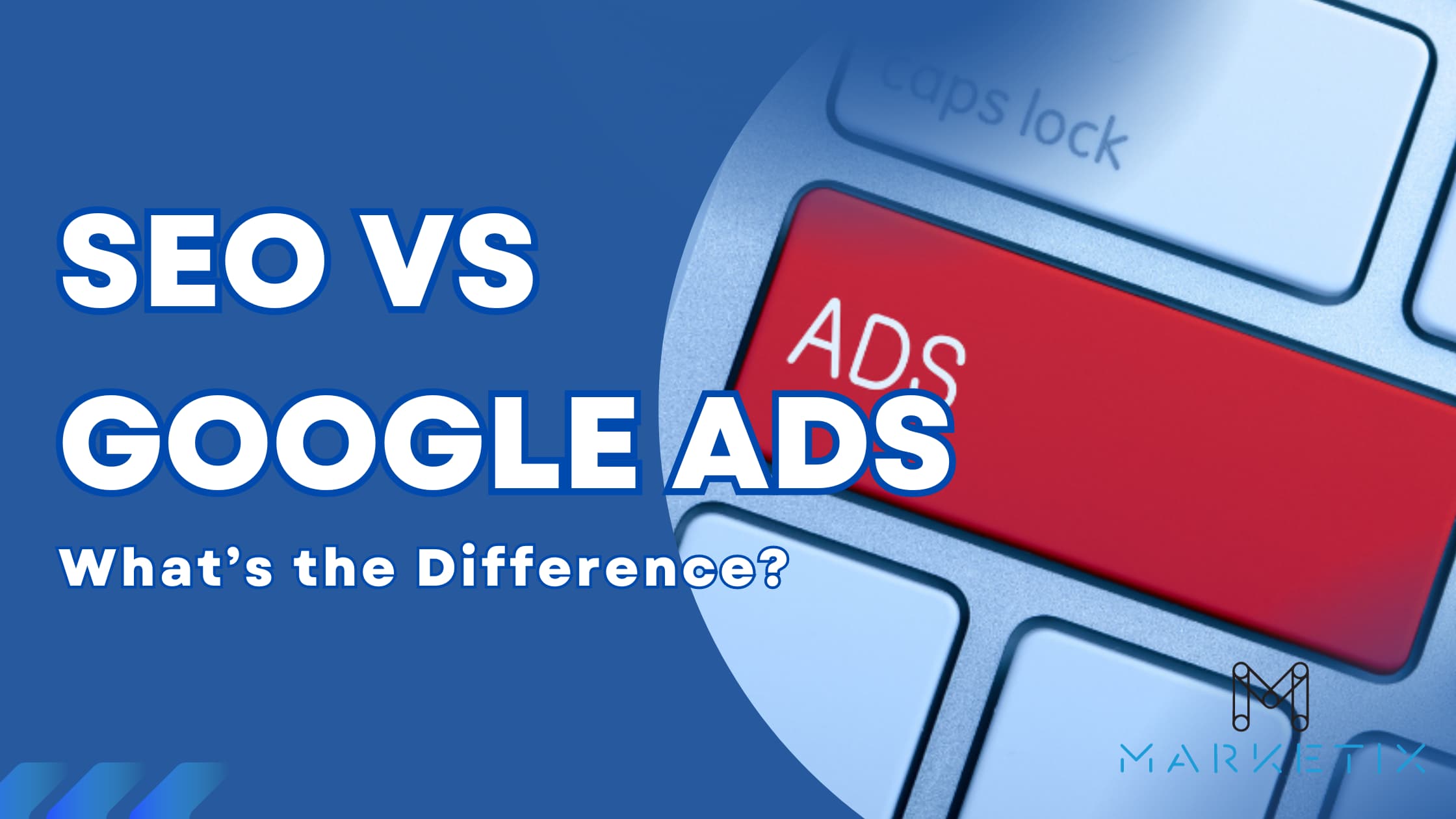
Businesses often face a decision: should they focus on Search Engine Optimisation or use Google Ads? Both methods help increase online visibility, but they work differently.
SEO is about improving your website so it appears higher in search results naturally. This involves using the right words and creating good content, and it takes time to see results.
Google Ads is about paying for ads that show up in search results when people search for certain words. This gives quick visibility, but it costs money.
This article explains the main differences between SEO and Google Ads. It helps businesses understand which option might be better for their goals.
What is Search Engine Optimization (SEO)?
Search Engine Optimization, or SEO, enhances your website's visibility in search engines like Google without paying for each click.
If you discovered this article by searching "Difference Between SEO and Google Ads" or "SEO vs Google Ads," you've experienced SEO firsthand.
It's a process focused on increasing your site's organic reach—indeed, organic search drives 53% of all site traffic. SEO involves optimising your site's structure, improving content relevance to specific keywords, and building a reputation through quality backlinks.
Over time, these efforts help your website rank higher in search results for relevant queries, leading to increased traffic and potential conversions without ongoing costs per click.
For a comprehensive guide to SEO, check our blog about what is SEO and how does SEO work.
What is Google Ads (Formerly AdWords)?
Imagine this: You write an ad, make a bid, and wait for sales/leads to come in—that's the basic concept of Google Ads, though it involves additional details.
Google Ads operates on a pay-per-click (PPC) model where you bid to have your ads appear alongside search results for specific keywords. This system allows immediate visibility and direct targeting of potential customers based on their search queries.
It’s particularly effective for driving traffic and conversions quickly, as your ads start showing as soon as the campaign is active. However, every click comes at a cost, and the campaign's success heavily relies on effective keyword selection, compelling ad copy, and optimised bidding strategies.
The challenge lies in managing these elements to maximise ROI while maintaining control over your advertising budget.
What's the Difference Between SEO and Google Ads?
Below, we will discuss several key aspects. These sections will help you understand the distinct benefits and considerations of each method, aiding in deciding which is most suitable for your business's digital marketing goals.
SEO and Google Ads Cost Analysis
Businesses deciding between Search Engine Optimisation and Google Ads should consider their long-term costs and immediate needs.
SEO involves making your website more attractive to search engines. The main expenses are for optimising the website, creating content, and enhancing the online presence. Initially, this might mean hiring an SEO specialist and investing in content, but over time, as your website becomes more visible, the costs generally decrease.
This makes SEO a cost-effective strategy in the long run, with the potential for significant returns as your site draws more organic traffic, potentially increasing sales or leads without the continuous costs linked to paid ads.
On the other hand, Google Ads operates on a pay-per-click model, where you pay each time someone clicks on your ad. The costs can vary, especially in competitive industries, and you might need a monthly budget for these ads. The advantage is immediate visibility, leading to increased traffic and potential leads.
However, this strategy requires ongoing investment to keep up the visibility.
For businesses, it's important to weigh these options. While SEO offers potentially high returns over time with reduced ongoing costs, Google Ads provides immediate results but requires continuous investment.
The choice depends on whether a business prefers immediate traffic boosts and potential sales or a long-term, cost-effective approach to building organic traffic.

Timeframe for Results
When businesses develop digital marketing strategies, it's necessary to understand the timeframes for seeing results from SEO and Google Ads.
SEO, which involves optimising your website for search engines, doesn't deliver immediate results. Typically, it takes several months to see the impact. This is because SEO includes making various improvements to your site, like enhancing design and content, to rank higher on search engines like Google. The results, such as increased traffic, become noticeable over time, not instantly.
In contrast, Google Ads offers quick results. Once your ad campaign starts, your ads appear in search results almost immediately. This immediacy is beneficial for businesses needing to promote urgent matters, like a special sale or a new product launch. However, the visibility provided by Google Ads is tied to the campaign's duration and the allocated budget. When the campaign ends or the budget runs out, so does the visibility.
Choosing between SEO and Google Ads depends on how quickly you want results and what your business goals are. If your business seeks long-term growth and can afford to wait for results, SEO is a strong choice. For immediate impact, especially for time-sensitive promotions, Google Ads is more suitable.
Understanding these differences in result timelines can help guide your decision for your business's marketing approach.
Target Audience and Reach
In digital marketing, finding the right audience is key to success. Here's a straightforward look at how SEO and Google Ads can help businesses reach their target market.
SEO, or Search Engine Optimisation, helps your website appear in search results when people search for things related to your business. It uses keywords that potential customers might use online. For example, a clothing store might use SEO to show up in searches for "summer dresses" or "men’s jackets." This can attract a wide audience interested in these products. The effectiveness of SEO depends on how well your content aligns with what people are searching for.
Google Ads is more specific. It allows businesses to target certain customer groups based on factors like age, location, interests, and past online behaviour. For instance, the same clothing store could target young adults in cities interested in fashion with Google Ads. This method is excellent for reaching specific customer segments, especially for targeted promotions or unique products.
When deciding between SEO and Google Ads, businesses should consider their goals and the type of audience they want to reach.
SEO is effective for drawing in a broad audience over time and is cost-effective for long-term growth. Google Ads, however, is better for quickly reaching specific groups, though it may cost more. The decision depends on your business objectives and the customers you aim to attract.
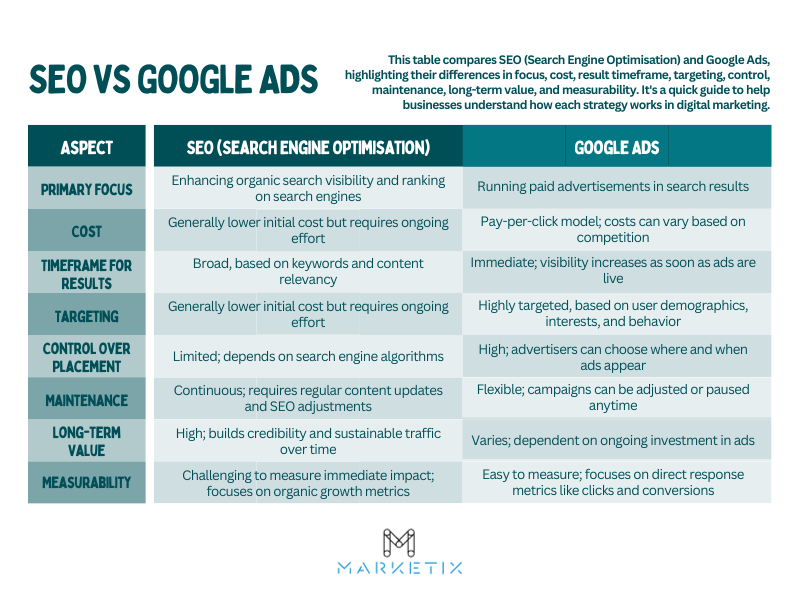
Flexibility and Control in Strategies
In digital marketing, being able to change your strategy quickly can make a big difference, especially for businesses that need to keep up with market trends. SEO and Google Ads offer different levels of flexibility, which is important for businesses to understand.
SEO is about improving your website so it ranks higher in search engine results. Changing your SEO strategy takes time.
For example, if a clothing business wants to focus more on a particular product line, updating its website with new keywords and content is a gradual process. The changes they make won't show up in search rankings immediately and might take weeks or even months to have an effect.
Google Ads, in contrast, allows for much quicker changes. Businesses can modify, pause, or stop their ad campaigns almost instantly. This is especially useful for reacting to sudden market changes or adjusting budgets quickly. For instance, a business running ads for a specific product can immediately change its ad strategy if it sees certain ads aren’t performing well or wants to shift focus to a different product.
Choosing between SEO and Google Ads depends on how quickly you need to adjust your marketing strategies. SEO is great for long-term growth but slower to change, while Google Ads offers the flexibility to adapt quickly to new circumstances or market changes. This understanding can help businesses plan their digital marketing efforts more effectively.
Conclusion
Choosing between SEO and Google Ads mainly depends on what your business aims to achieve, how much you're willing to spend, and how quickly you want to see results. However, we believe that engaging in both SEO and Google Ads is necessary for comprehensive coverage in search results.
SEO is about gradual, organic growth over time, while Google Ads offers quick visibility and the ability to target specific groups. Often, using a mix of both SEO and Google Ads can be the most effective way to boost your digital marketing.
Businesses need to stay updated and flexible. Regularly evaluating and adjusting your digital marketing strategies to fit your changing goals and the latest market trends is essential for continued success.
Looking to boost your online business? Turn to Marketix Digital, Sydney's leading SEO agency. We’re experts in creating effective SEO and Google Ads strategies tailored to your business needs. Contact Marketix Digital now to start maximising your digital marketing potential.
Frequently Asked Questions
Which One Should I Consider First?
Your business goals and urgency for results are big factors. If immediate visibility is important, particularly for short-term promotions or launches, Google Ads is advisable. However, if you are aiming for sustainable, long-term growth with a focus on cost efficiency, starting with SEO might be more beneficial.
Evaluate your immediate needs and long-term strategy to decide the approach that aligns best with your business objectives.
Is it Okay for Businesses to Start Both?
Yes, it is entirely feasible for businesses to initiate both SEO and Google Ads simultaneously.
This combined approach further improved your digital footprint, capturing both quick wins through paid ads and building strong organic results over time.
If your budget allows, deploying both strategies from the outset can cover more ground quickly, ensuring you tap into both immediate and future potential customer bases.
Does Google Ads Help with SEO?
While Google Ads does not directly improve your SEO rankings, it contributes to increased website traffic and engagement, which are beneficial for your site's organic growth.
The data and user behaviour insights gathered from Google Ads campaigns can also inform your SEO efforts, helping to optimise content and keyword strategies more effectively. Thus, while they operate on different mechanisms, there is a complementary relationship where each can enhance the effectiveness of the other.
Recent Posts
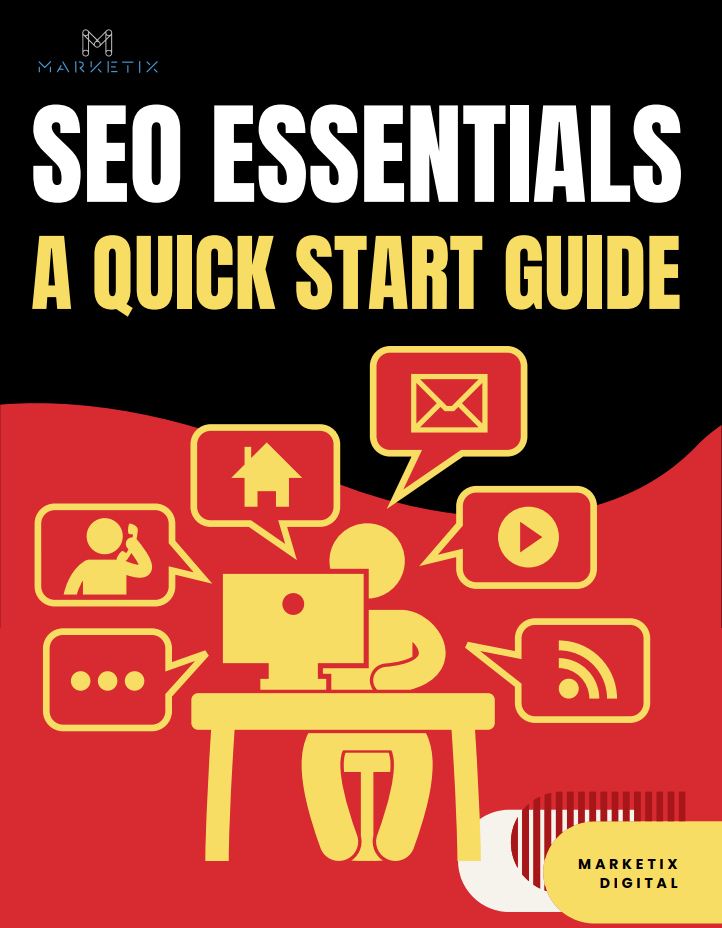
Free Download SEO Book
Download our 24-page SEO book to learn:
- How SEO Really Works
- How to Rank #1
- Content & SEO
- Choosing an SEO Agency
Thank you!
You have successfully joined our subscriber list.
Recent Posts

